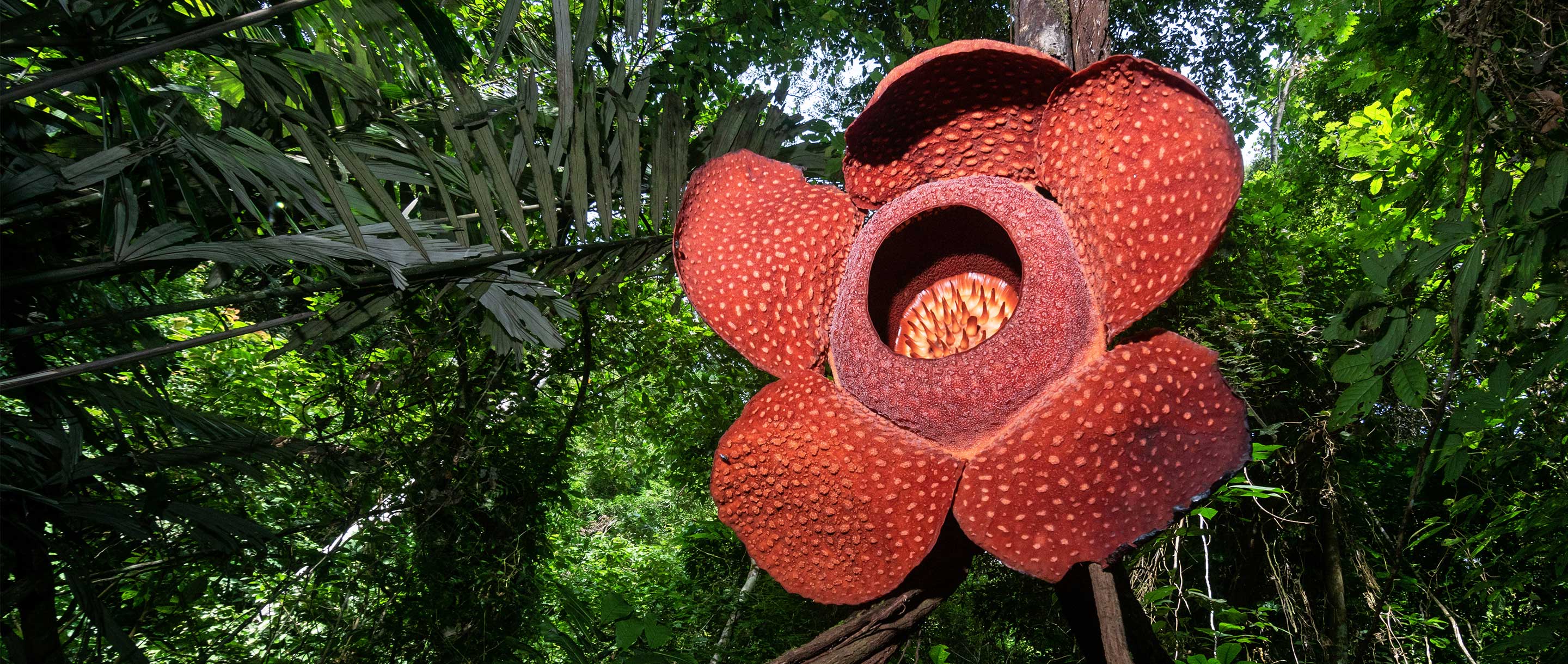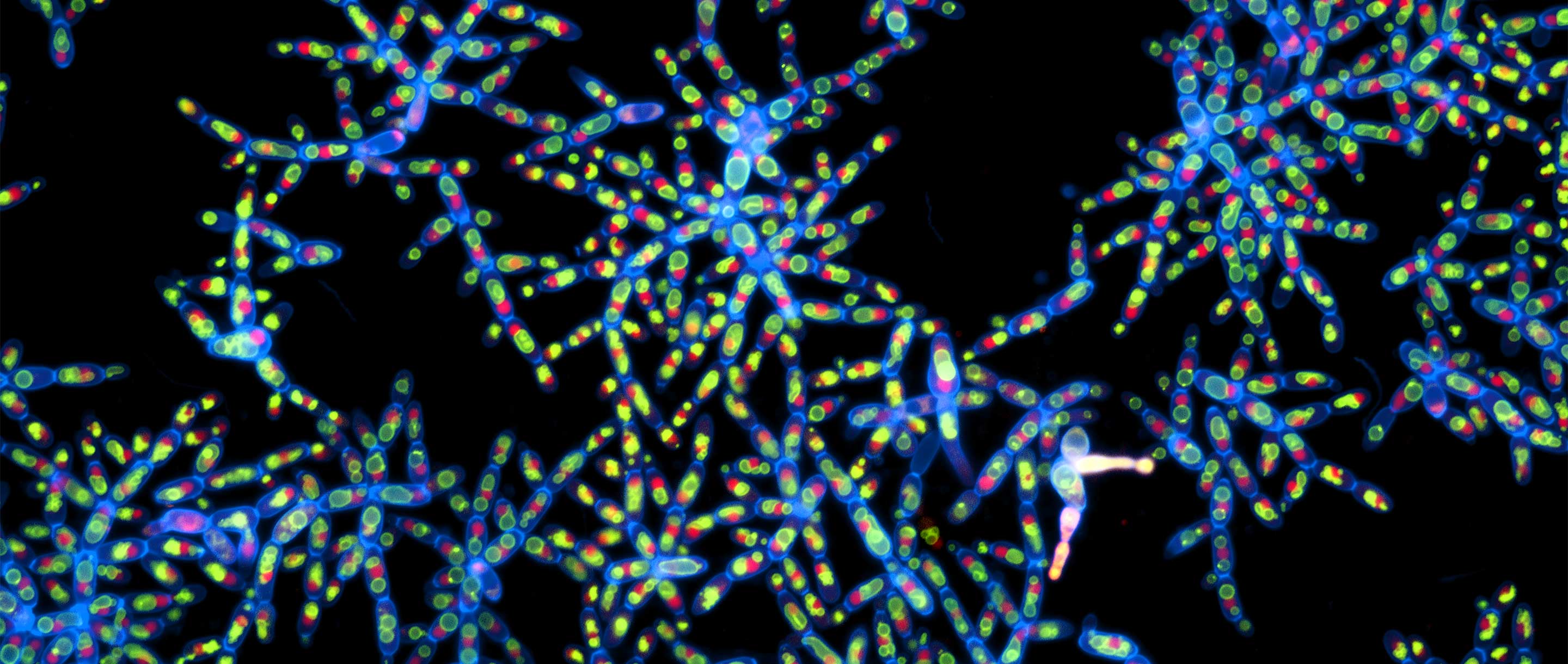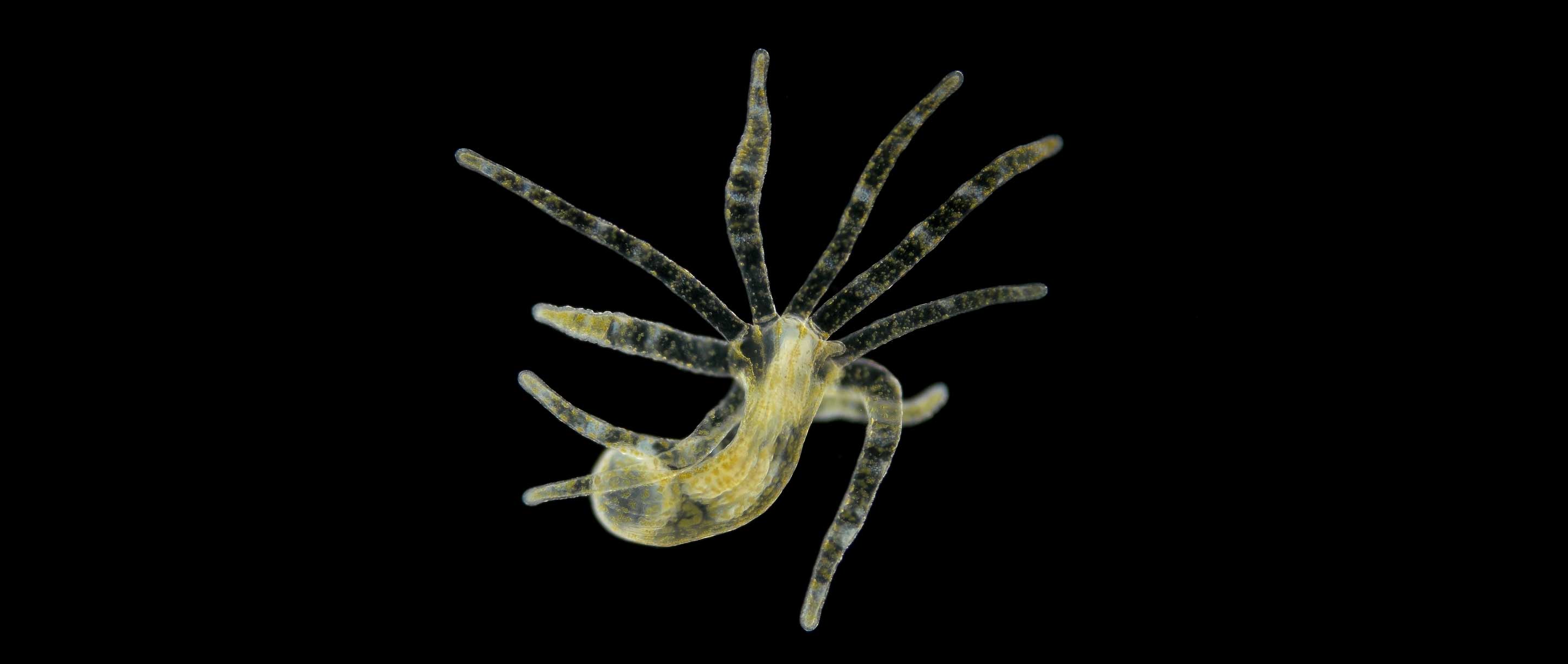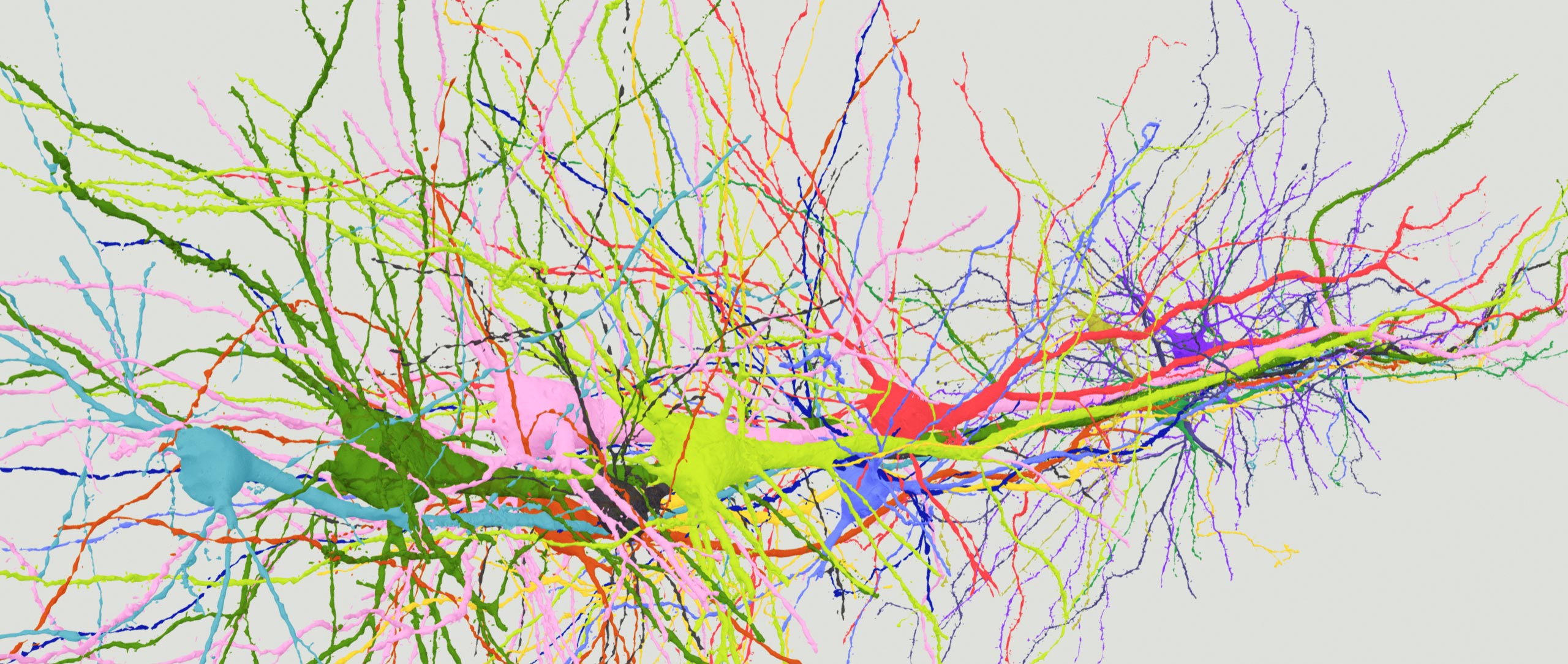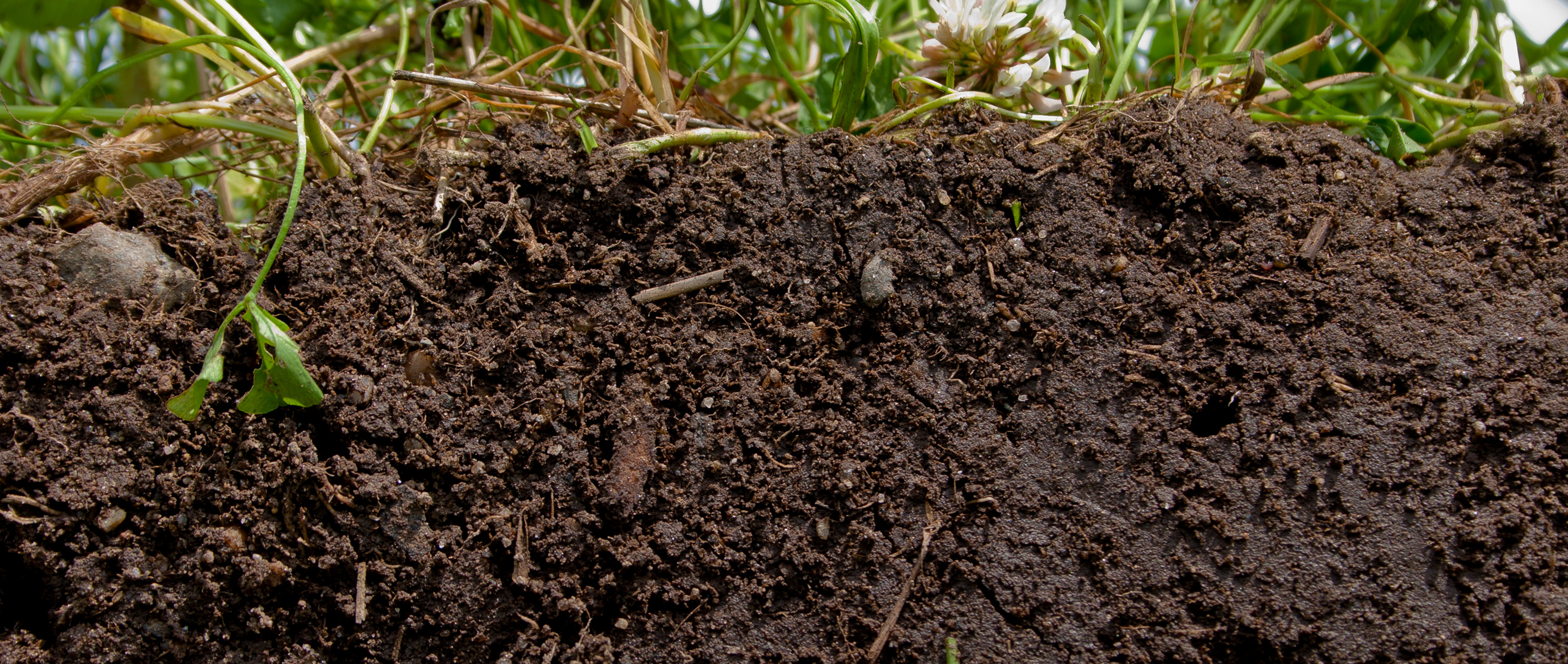Introduction
Three and a half billion years of evolution have given life on Earth plenty of time to explore the margins of what’s possible, so biological science has a lot of catching up to do. Biologists have identified some fundamental principles and mechanisms that govern their field, like natural selection, the cellular nature of organisms and the central dogma of molecular biology. They have toiled to catalog not only the diversity of what Charles Darwin called “endless forms most beautiful and most wonderful” but also the microscopic galaxies of complexity at the cellular level inside those species. They have even made headway in understanding the complex chemical give-and-take that animates cells, organisms and ecosystems.
Still, the living world never runs out of surprises. Things as mundane as soil and sleep harbor secrets, and some discoveries tear up scientists’ old assumptions about what is even biologically possible.
It’s been a long-standing tenet of biochemistry, for example, that the useful properties of protein molecules largely depend on how they fold their amino acid chains into a precise shape. But one of the hottest topics in protein science these days is the study of malleable proteins and blobby masses of protein molecules called condensates that control a wide range of vital processes in cells, and that work precisely because they are fluid rather than fixed in a single conformation.
In 2021, Quanta articles covered many of these surprising turns involving studies of genomes, the brain, and the dynamic interactions of organisms with one another and their environment. Some of our most ambitious journalism also looked at the ongoing struggle by science and society to deal with the COVID-19 pandemic.
Lessons of the Pandemic
With the wider distribution of vaccines against COVID-19 in 2021, parts of the world briefly began to creep out from under the pandemic even as the rise of the delta variant and other forms of the SARS-CoV-2 virus emphasized that the crisis isn’t over. For epidemiologists, a hard lesson of the past two years was that the statistical tools, public health systems and communication protocols they relied on were not entirely ready to cope with a virus as challenging as this one. They discovered that even cornerstone variables like the real-time reproduction number, Rt, and the generation interval were hard to assess, which made modeling the trajectory of the pandemic exceptionally challenging. Even now, there are concerns that viral surveillance systems around the globe may be inadequate for monitoring the rise of potentially dangerous new variants of SARS-CoV-2 — in no small part because public health systems are still stretched thin with the burden of caring for COVID-19 patients.
A Stinky Corsage of Genetic Surprises
An extraordinary parasitic plant native to Southeast Asia spends most of its life as a thread of cells growing inside other plants, then blooms as a giant flower that weighs as much as a small child and smells like rotting meat. But the most astonishing fact about this species of “corpse flower” might be what is — and isn’t — in its genome, which was published early this year. Sapria himalayana is missing almost half of the genes highly conserved in other plants, including some that biologists considered essential. Despite those reductions, its genome is still unexpectedly huge because it is what one scientist called “a huge graveyard of DNA” stolen from other species and inflated by massive numbers of copies of the mobile genetic elements called transposons.
Weird as Sapria is, its freaky DNA embodies several recent trends in genomic discoveries. It’s increasingly clear that by making copies of themselves and jumping around within and between chromosomes, transposons can rewire an organism’s genome and facilitate the horizontal transfer of DNA between species. In both plants and animals, horizontal transfers seem to be much more common than was once believed, and researchers are still trying to fathom their significance in evolution.
Ratcliff Lab, Georgia Tech
The Evolution of Multicellular Bodies
The lush, abundant complexity of life on Earth owes its existence to the lineages of single-celled organisms that made fateful hops to multicellularity dozens of times in the past 3.5 billion years. Researchers are still trying to understand how and why those transitions occurred, given that the evolutionary advantages of multicellularity are often not apparent in its early stages. Experimental studies with algae, yeast and other single-celled species have shown, however, that if clumping together gives them even a small consistent benefit, such as making them less vulnerable to predation, it can nudge them to become multicellular in a stunningly short time.
Developing a multicellular body is only the first step, though. The other major challenge lies in making the cooperating cells differentiate into distinct tissues with specialized functions. Important clues to that process emerged from new work that reconstructed how a defensive gland evolved in a beetle.
Lenka Šimečková for Quanta Magazine
Rethinking How Brains Work
In introductory neuroscience textbooks, the brain is often drawn like a lopsided globe of the world, with its surface divided sharply into distinct regions for perception, memory, speech, awareness and other faculties. These neat partitions reflect a wealth of clinical and experimental data, but they also point to our subjective experience of these processes as separable categories of mental function.
Yet experience can be deceiving. Mounting evidence suggests that it’s a mistake to believe that our capacities are split into separate pathways in anatomically distinct brain areas. On closer examination, parts of the brain strongly associated with specific functions are sometimes also linked to unexpectedly different functions as well: Most of the activity in the brain’s perception centers, for example, is tied to body movements. Neuroscientists are still sorting out the significance of that discovery, but it helps to explain observations that the background “noise” measured in the brain’s electrical signals encodes information about what the body is doing.
Surprises also came to light this year in another brain system that researchers thought they had demystified decades ago. Researchers had shown that a network of “grid cells” in the brain enables us to map where we are in space and also seems to help us keep track of memories and abstract concepts. Now it appears that this elegant grid system only works for mapping in two dimensions; we and other mammals seem to rely on a more complex, less well-understood system for knowing where we are in 3D.
The Ancient Mystery of Sleep
For a long time, scientists studied sleep primarily as a neurological phenomenon: Our consciousness and behavior obviously changed when we went to sleep, but our physiology seemed to be about the same as when we were relaxed and motionless. That view changed significantly during the past few decades, however, when experiments detected subtle chemical shifts in the body during slumber and found evidence that even creatures with rudimentary brains sleep. This trend reached its peak this year with the discovery that the hydra, a tiny animal so simple that it lacks a centralized nervous system, spends a part of every four hours asleep. It now appears that when the first snooze occurred a billion years ago, it may have served a metabolic function that helped cells repair themselves.
Olena Shmahalo for Quanta Magazine; source: Daniel Berger and Jeff Lichtman/Lichtman Lab at Harvard University
Comparing Connectomes
Back in the 1970s, neuroscientists undertook an ambitious effort to define how all the neurons in a very simple animal, the roundworm Caenorhabditis elegans, are wired together. In theory, the resulting “connectome” should be the cornerstone for understanding all of the worm’s potential behaviors and responses. Five decades later, researchers do have a complete and refined connectome for the worm — but it’s still the only animal for which that can be said.
In 2021, however, neuroscientists released partial connectomes for several creatures, including humans, that showed how rapidly the field of connectomics is expanding. Harvard University and Google researchers shared a connectome for one cubic millimeter of human brain tissue that revealed unique types of neurons and other surprises. Researchers also published information about the connectome of fruit flies that included their navigational circuitry. Yet some researchers think the most important advance might be the advent of large-scale or comparative connectomics: the ability to fold information from multiple individuals into the connectome of a species, which may reveal some of the rules governing how neurons are wired together and how variations in those neural circuits affect organisms.
Soils Can’t Save the Climate
We are going to need all the help we can get to minimize the effects of greenhouse gas-driven climate change in the decades ahead. And unfortunately, climatologists may have overestimated how much help we can expect from one process in nature. The amount of carbon dioxide in the atmosphere at any time represents the summed effect of carbon sources such as burning fossil fuels and “carbon sinks” that pull it out of circulation. An example of the latter is the way plants can sequester carbon in the soil as long carbohydrate chains called humus. Because humus seemed to endure a long time, many global climate models have counted on it to tie up sizable amounts of excess carbon. But over the past decade or so, interdisciplinary studies quietly revolutionizing soil science have established that in warmed natural soils, humus routinely breaks down much sooner than expected. Untended soils in forests around the world probably can’t be expected to hold onto much of the excessive carbon dioxide at all. Researchers are still investigating whether some organisms can be modified to trap carbon more permanently.


